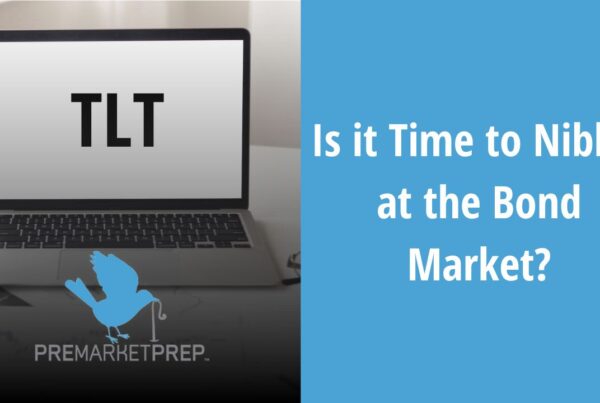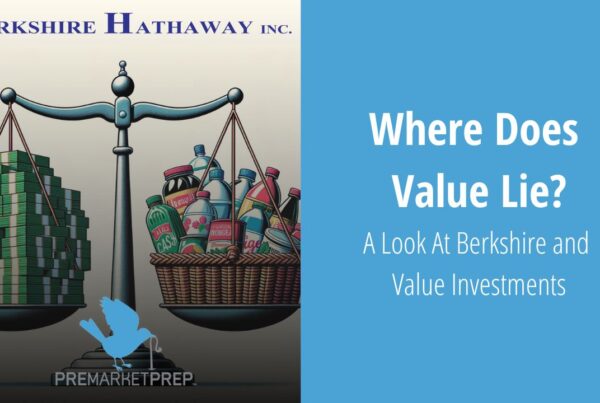KB Home (NYSE: KBH), a renowned homebuilder, released its Q2 earnings report and exceeded market expectations. However, instead of a smooth ride up, the stock faced a volatile pop, drop, pop back up, and finally a downturn. Dennis (DDD) Dick, Joel Elconin, and Mitch discussed this on the PreMarket Prep show, and this article will dive deeper into Dennis’ strategy to short the volatile stock after earnings.
KB Home Earnings Report
KBH posted impressive Q2 earnings, beating the $1.34 EPS estimate with $1.94 actual EPS and reporting sales of $1.77 billion, surpassing the $1.42 billion estimate. Additionally, the company provided an optimistic housing revenue projection for fiscal year 23.
The Shorting Strategy
Though KBH initially popped up over $2 with the positive earnings report, the stock didn’t end up holding the higher level; it actually faced high volatility followed by a downturn. DDD attributed this to the fact that all the good news was already priced in, and the expectations were set too high.
Timing the Short
Dennis explained the importance of timing when shorting a stock post-earnings. Instead of impulsively shorting the stock as soon as it starts rising, it’s crucial to wait until the stock stops rising. He likened this strategy to “shooting them in the back, not shooting them in the face when you’re shorting stocks.” This means waiting until there’s a clear sign of a peak before initiating the short position.
Understanding Market Behavior
Dennis also criticized algorithmic trading strategies that blindly buy stocks based on positive earnings reports without considering the overall market setup. He emphasized that human traders could still outperform algorithms by understanding the market setup and realizing that sometimes the bar is set too high for the stock to keep rising even after a positive earnings report.
Technical Analysis
Joel Elconin highlighted the importance of understanding a stock’s average trading range (ATR). He pointed out that KB Home has a nine-day ATR of about $1.21. On the day of the earnings report, the stock doubled its average trading range in the post- and pre-market, going from $52 to beyond $54.50 and back down near $50 all outside the regular trading session. Knowing this, a seasoned trader could predict there is a high probability that the stock will eventually retract from those extended levels.
Joel also stressed the importance of technical analysis, suggesting traders keep an eye on certain levels. For KB Home, he mentioned that $50.70 was a critical level to watch since it represented a pair of lows from two days. If the stock didn’t hold this level at the open, he suggested that it might be wise to sell on weakness.
Takeaways
The strategy discussed in the interview revolves around understanding market behavior, timing, historical trading ranges, and technical analysis. While KBH released a strong earnings report, the stock was overbought, and all the good news was already priced in. Seasoned traders could capitalize on this by shorting the stock once it showed signs of peaking. This strategy underscores the importance of a nuanced understanding of market dynamics and the limitations of algorithmic trading that does not take these factors into account.






